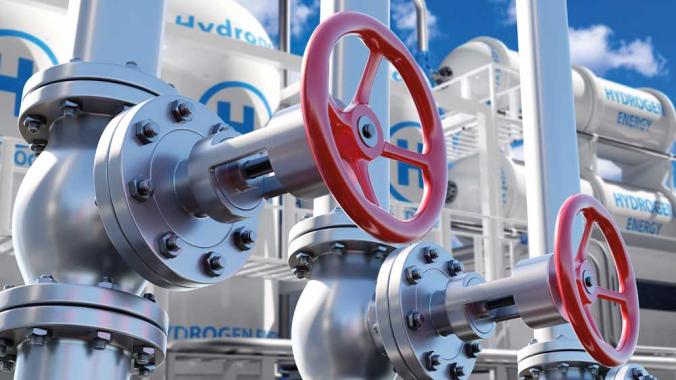The World's Most Climate-Efficient Zinc Smelter Inaugurated
Boliden's new zinc smelter was officially inaugurated on 17 March.
Boliden has made significant investments in recent years to almost double zinc production at Boliden Odda in Norway. The inauguration marks an important milestone as it is Boliden's largest completed investment and one of the largest industrial investments ever made in Norway on the continent.
One hundred years ago, zinc production started in Odda, supported by the development of hydropower in the area. Now a new era is dawning.. In addition to the construction of major infrastructure, mainly logistics and energy infrastructure, a new roasting furnace and a new sulphuric acid plant have been built, as well as a new cell room. In addition, the leaching and purification plant and the foundry have been expanded and modernised.
Thanks to the investments, the production capacity will be 350 kilotonnes, compared to 200 kilotonnes previously. In addition, more metals will be recovered from the raw material, resulting in less waste.
The increase in production will enable Boliden Odda to strengthen its position as the second largest zinc smelter in Europe and the most productive in the world. The plant will produce 1 000 tonnes of zinc castings per full-time employee per year.
- This is a historic day in many ways. We are almost doubling our production of the world's most climate-efficient zinc. At the same time, this is a flagship for Norwegian industry that we can be proud of for the next 100 years, says Mikael Staffas, CEO of Boliden.
Zinc is the fourth most used metal in the world
It is mainly used to protect steel structures against corrosion. The construction and automotive industries are the biggest users of zinc. In addition, the energy sector is a growing consumer of zinc, as wind turbines, for example, are often located in corrosive environments. Other uses include fertilisers, as much of the world's agricultural land is zinc deficient.









